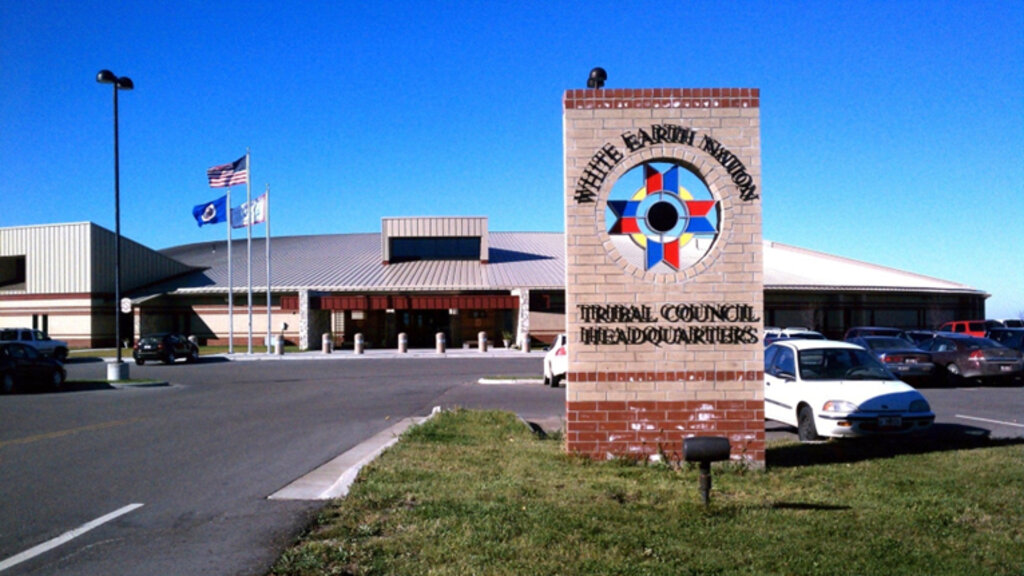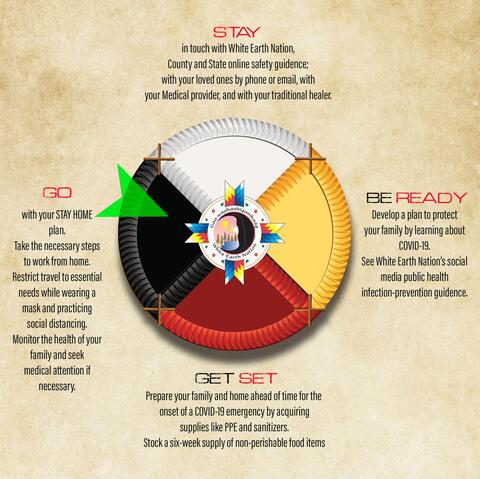Focus on Community: White Earth Nation Reservation Located in Minnesota
White Earth Nation Reservation was the fifth of six locations we visited to hear directly from local program administrators, Tribal leadership, and other community members about their experiences during the pandemic. The second Tribal nation we visited, White Earth Nation Reservation has a population of 9,991 and a land area of 1,296 square miles that spans three Minnesota counties: all of Mahnomen County, plus parts of Becker and Clearwater counties.
As of September 2021, White Earth Nation Reservation had experienced 1,875 recorded cases of COVID and 18 deaths.
White Earth Nation Reservation recipients, including the Tribal government, small businesses, and individuals, were awarded $278 million from 56 federal pandemic relief programs and subprograms from March 2020 to September 2021. This report provides a closer look at how these federal programs and subprograms helped Tribal leaders respond to and ease the effects of the pandemic on the community.

White Earth Nation Reservation's unique experience
Tribal leaders undertook great efforts to incorporate their culture into their pandemic response. White Earth Nation leaders developed a public health risk indicator using their traditional Medicine Wheel. It was important to Tribal leaders to develop messaging and outreach that made sense for their members and would connect on a local level. Using the familiar Medicine Wheel, White Earth Nation was able to articulate the severity of COVID in its community. It also distributed traditional medicines to ease COVID symptoms as complementary therapies to Western medicine. Tribal leaders and prominent elders were immunized on camera to build the community’s confidence in the COVID vaccine.
White Earth Nation Reservation used its casino as an Emergency Operations Center (EOC) to make COVID testing available for the entire community. In addition to a meeting space for the EOC, the casino also served as a facility to prepare meals, and as a staging ground to coordinate the delivery of meals and traditional medicines.
During the early stages of the pandemic, the White Earth Nation Tribal government faced significant challenges addressing public health misinformation, as some Tribal and non-Tribal community members have historically rooted distrust in the federal government and Western medicine. Other challenges included the financial strain of paying salaries and wages; developing platforms for remote work and learning; and addressing food insecurity in vulnerable demographic groups.
Federal programs’ impact on the community
Tribal officials used federal funding in many ways to help respond to the pandemic:
The White Earth Housing Authority received $1,010,296 from the Coronavirus Aid, Relief, and Economic Security Act and the U.S. Department of Housing and Urban Development’s Indian Housing Block Grant to purchase 12 modular homes to ease overcrowding and reduce the risk of COVID transmission in the community.
Tribal officials said the Coronavirus Relief Fund (CRF) supported their efforts to ensure food security for the elderly, and to provide two boxes of mostly nonperishable food per month to every household from April 2020 to April 2021. They also used CRF funds to make COVID testing available to the entire community.
The U.S. Department of the Interior (DOI) awarded $19,591,617 to the White Earth Nation Reservation to support day-to-day Tribal government operations, transportation, law enforcement, and education services.
As casino profits usually funded White Earth Nation Reservation’s law enforcement program, the DOI award sustained law enforcement activities when the casino was closed during the pandemic.
The Tribal college used DOI funds to build a new cafeteria and provide housing assistance and student transportation services.
These federal programs eased the effects of the pandemic that posed a serious threat to the health or welfare of the community. Read the full report on White Earth Nation Reservation’s experiences.
Impact on Communities
To truly understand how the pandemic impacted people on the ground across the country, you have to get out into communities—both big and small, rural, urban and suburban—to appreciate the unique circumstances Americans faced. We did just that, examining six communities across the U.S. The report we reference on this page highlights one of those six communities’ experiences.



